“All those people gathered there – in Zaire, in Zaire.
To see the rumble in the jungle there – in Zaire, in Zaire” – Johnny Wakelin.
The dream for me on my first ever visit to the famous Congo jungle in deepest Africa was to get into the deep parts of the jungle in the mountains to see the world’s largest wild mountain gorillas. This was supposed to be the article with photos of me in a jungle surrounded by gorillas. But travel in Africa is a fusion of madness, misunderstandings, unclear visa rules and unforeseen money issues. Let’s set the scene before we delve into the madness of our trip. The DR Congo
What is Zaire?
First up – Zaire – what is it? It was a country from 1971 to 1997, with Kinshasa as the capital and the below flag…
Officially nowadays, Zaire no longer exists, yet the country was one of the first African nations to ever qualify for the World Cup (I think Egypt or Tunisia were first) back in 1974 (more on that later). But basically Zaire is the same country as the modern day Democratic Republic of Congo just with a name change, and not the first name change in the land’s history either. When we spoke to our guides (Kelvin, and driver Alphonse) in the Democratic Republic of Congo they told us that the people still like the name Zaire, and many still use it, confused by the need for the name change which occurred in 1997. That in itself, is highly baffling. Let’s start by checking what Congo is…
What is Congo?
Using the word “Congo” can mean different things to different people (in a similar way to using the word Ireland, or Korea). Basically Congo can be both countries – The Democratic Republic of Congo (formerly Zaire and often called DR Congo, East Congo or Congo Kinshasa) or The Republic of the Congo (often called Congo, RO Congo, ROC or Congo Brazzaville). But the confusion really doesn’t end there when you discover that the modern day Democratic Republic of Congo (formerly Zaire) was once ALSO called the Republic of Congo (or Leopoldville). Then there is also the fact that both countries together can be classed as Congo, so can the river, the basin, the canyon and so on…so please clarify things when speaking to people about it, and also while you are backpacking there.
Both countries are huge and their landscapes include a lot of jungle. Both countries require a stringent visa process for most tourists. Oh and one more thing, both countries capital cities are a stone’s throw away from each other, across a border between Kinshasa (capital of the DR Congo) and Brazzavile (capital of the RO Congo). Confusing, yes. I organised the visas for our group in advance, they were to be paid for on arrival at the land border to Bukavu.
Two Famous People from Zaire / The Democratic Republic of Congo
1.Mwepu Ilunga
So both these guys are professional footballers. Mwepu Ilunga became famous in 1974 when Zaire were playing Brazil. Zaire were one of the worst football teams in World Cup history. They have played 3 World Cup matches and lost all three, without registering a goal and conceding 14. This included a 9-0 defeat to Yugoslavia, a 2-0 defeat to Scotland and a 3-0 defeat to Brazil. However, in the horrors of defeat, Zaire defender Mwepu Ilunga became a cult hero in his attempted protest to gain a deliberate red card in wacaday fashion…
When Brazil were lining up for a free kick, Mwepu Ilunga ran to the ball and smacked it one the other way! This kind of comedy moment has never happened before or since. Oddly though, Ilunga didn’t get a red card – the referee only cautioned him with a yellow card. Yet the moment went down in history as one of football’s comedy moments. If you want to know the story that might explain why Zaire were so shit (reminders of Cameroon in 2014), then check this article out. A repeat of the crazy free kick moment was also covered in Frank Skinner and David Baddiel’s Fantasty Football League Phoenix From The Flames series by the BBC.
2.Benik Afobe
My English football team of choice AFC Bournemouth signed striker Benik Afobe in early 2016. This was due to a striker problem we had a the time. Callum Wilson was injured, Yann Kermorgant was being phased out to Reading. Brett Pitman had joined Ipswich so manager Eddie Howe bought Benik Afobe from Wolves (then in the Championship).
Afobe scored his first goal for Bournemouth in the 3-0 win over Norwich and went on to net 10 goals for the Cherries, helping us secure our Premier League status in his first season. He wasn’t a hit with the fans though sadly and he returned to Wolves, before moving to Stoke City. Benik Afobe was born in England and had a very impressive record for England under 16, 17, 19 and 21 teams, scoring for all. However he opted to play for the Democratic Republic of Congo and now has 5 caps and a goal to his name.
Getting into the Democratic Republic of Congo
As with many African countries, visas prove a nightmare to get. However a good loophole to getting a Democratic Republic of Congo visa is if you book a volcano, gorilla or national park tour. I have done my fair share of hikes, volcanoes and national parks down the years, so gorillas it was! I first contacted the National Park in Virunga and planned to cross the border to Goma, but I was given a ridiculous quote of $1,300 US per person (for a 3 day tour), meaning the Rwanda or Uganda option was almost just as cheap.
Then by chance through a travel friend, the famous Ric Gazarian who runs Globaz Gaz and Counting Countries, I found that there was another national park further south of Goma. Ric had just returned from his trip there, got the visa for $100 US, saw the gorillas for $400 US and also got in and out of the Democratic Republic of Congo easily through the Cyangugu to Bukavu border. So I then contacted the national park in Kahuzi-Biega and was delighted when Gloria and Kelvin confirmed our visas for three people and three guided gorilla tours. Due to a card protection issue and the fact that my travel buddy Russell was travelling in Spain on a hike at the time, we opted to pay in cash on arrival in the DR Congo, for both the visas and the gorilla hikes. This seemed like the best option. We were all set to see the gorillas!! The overland adventure meant flying into Uganda (at Entebbe), getting a bus to Kigali in Rwanda and then crossing from Rwanda into the Democratic Republic of Congo.
Where can you see lowland gorillas?
The world’s largest gorillas (known as lowland gorillas) are apparently only found in the wild in the Democratic Republic of Congo. The other mountain gorillas can be seen in the wild in DR Congo, Rwanda and Uganda.
The lowland gorillas are also found in zoos in Angola, Cameroon, Central African Republic, Republic of the Congo, Democratic Republic of the Congo, Equatorial Guinea and Gabon. But we wanted to see the lowland gorillas in the Democratic Republic of Congo. Other options are to see the slightly smaller gorillas in Rwanda and Uganda, however those trips are more expensive and most tourists report prices of $1000 US for the entire trip. This trip was going to cost us around $700 US all in, visa, accommodation and transport included.
This estimate of $700 US included:
- $100 US for the Democratic Republic of Congo Visa (this could be confirmed online after booking a gorilla tour) and collected on arrival at the land border between Cyangugu (Rusizi) in Rwanda and Bukavu, DR Congo.
- $400 US for the permit to the national park for a 6 hour tour including an English speaking guide and accompaniment to the gorillas with park rangers
- $100 US for transport there and back from Kigali, Rwanda’s capital to Kahuzi Biega National Park (minibuses, taxis, private jeep)
- $100 US for accommodation, food and drink for 2 days in the Democratic Republic of Congo
I did all the bookings and arranging for the three of us – Malina, Russell and I and we set off on the minibus from Kigali bound for the Democratic Republic of Congo.
It was a crazy minibus ride which took almost 8 hours rather than the (completely wrong as usual) Lonely Planet guide which stated 2.5 hours! All was going well though, and we got our exit stamps for Rwanda easily at Cyangugu. It was around 8.30 pm and very dark when we arrived in Bukavu in the DR Congo.
The International Passports Section of Immigration in Bukavu, DR Congo was closed but the security guy in charge invited us into his private room to finish the visa formalities.
Between us, Russell, Malina and I had around $1,600 worth of US Dollars, (plus a mixture of Euros, Pounds, Zlotych, Rwandan Shillings and Ugandan Shillings) however some of these USD were classed as “old dollars” and “out of dates”. I usually carry only the latest US Dollars, Pounds and Euros.
However on this trip I noted that I had an old 20 Euro note, some old US Dollars and the old £10 notes. It shouldn’t have been an issue though…but on the border the guy refused to accept any US Dollar bills from before 2013, specifically he wanted ONLY the latest $100 US notes with the blue stripe on them. Obviously between us, we had enough of these and reluctantly handed them over. Previously, I always tried to get rid of the older notes first. I remembered a similar situation in Cambodia back in 2012. But finally he stamped our visas and entry into the Democratic Republic of Congo and the security guy pocketed the $300 US for himself, claiming no receipts were available.
We jumped in a “taxi” and meandered through muddy roads, puddles in a car that looked as if it was about to conk out. It was the least glamorous introduction to a new country in my life! Then the hotel we decided on, the Hotel Horizon in Bukavu also refused to accept our old dollars and even odder, refused to allow three of us share a room. Apparently it is illegal in the DR Congo for 3 solo travellers, none of whom are married to share a room. We all had different surnames and nationalities so we definitely confused them. The hotel wasn’t too accommodating but we got a room sorted with a double bed, a single bed, dodgy Wi-Fi, breakfast and…there was a bar! So Russell bought us our first Congolese beer – Primus and we relaxed in the bar, knowing the next morning we would be picked up at 7 a.m. for the gorilla hike.
Kelvin our guide, and Alphonse our driver turned up on time at 7 a.m. and we told him about the US Dollar situation at the border and in the hotel. He said not to worry – all USD would be accepted in DR Congo, so it was a relief (for now) and off we headed up bumpy roads to Kahuzi Biega National Park. On route we were stuck behind a lorry that was submerged in the mud. It was the rainy season and these sort of delays were to be expected. It was one problem after another and finally we arrived at the National Park for the hike.
We signed in and got a guided tour. We were the only tourists here, and were shown the new developments – mountain huts with beds were being built and planned to open soon. It all seemed so great.
We saw some gorilla skulls, elephant bones and hung out with park rangers. Then, the madness began…
When we went to pay the $400 US each ($1,200 in total) we were told that they cannot accept the old dollars. Only the new $100 US notes would be accepted. It was all a bit mad, as I had counted that we had $600 of those new ones, and $600 of old ones. We handed over the cash but they seemed to then hand us back $800 US of old notes, telling us that only $400 of it was accepted and only one of us could do the gorilla hike! However, we all had working credit /debit cards and easily each the equivalent of cash in Euros, Pounds etc. But they weren’t accepting any of that.
It got even worse when they told us that even in Bukavu (a city of 1 million people) we couldn’t even swap the pre-2013 banknotes for newer ones. They gave us one last offer – to cross BACK into Rwanda to get the money changed and then straight back into the DR Congo. But then the horror – that would mean 2 more visas – $30 US to enter Rwanda and a further $100 US to get BACK into the DR Congo. We were given a coffee (which was expectedly average) and told to make a decision, either:
- one of us does the hike with the $400 they accepted
- we all cross the border back to Rwanda, get the extra $800 they want and then do the hike later
Bearing in mind, the complications, the lies, the fact that none of my emails, visa letters, or even their website stated this fact about the US Dollars, we all came to a fast and joint decision. F*ck the gorilla hike, we don’t want to do it now. It was a strong decision we made as a group. We had gone there together to do the gorilla hike and it was all or nothing. We told them we quit and they were shocked. Not only had they lost $400 US, but they had lost $1,200 US in the blink of an eye and my promise to also write about it and promote the hike was now gone. There was no way I could promote them. Given that in Rwanda, I was able to exchange a 1999 US Dollar $100 bill easily, it felt outrageous to us that a country with less tourists, less infrastructure (in fairness) to Rwanda was trying to be more strict than they should. We made the decision, we hopped back into the 4 x 4 jeep and we left the national park. I grabbed a consolation photo by the concrete gorilla at the entrance as a “worst case scenario” option!
Of course, the story and the adventure had many more parts to it than that, but this was fresh in my head and I wanted to write about it.
And the final irony…as we approached the border again in the car (the same border we entered by), the Manager of the National Park realised her mistake and now offered us the gorilla tour with the US Dollars we had. But our decision was made. It was too little, too late, they had wasted our time and money (we still had to pay $150 US for the jeep trip, which included 3 coffees! It wasn’t our loss, and unless we are offered a great deal, none of us are likely ever to visit the DR Congo again, or do the gorilla hike. I even requested their websites to be updated to state only latest $100 USD notes will be accepted.
I used $30 US in old notes to buy my visa back into Rwanda and we grabbed beers and Smirnoff mixers in the Rwandan city of Cyangugu.
In short, we didn’t see the gorillas, but we were happy with our decision and were off to tour Kigali next, before Malina and I would head to Burundi…
And a quirky video for you, two countries that no longer exist in a truly classic World Cup match from 1974:
Yugoslavia 9 – 0 Zaire:
Here are some videos of our trip to the DR Congo from Rwanda and our short adventure in and around Bukavu:

 : Mwepu Ilunga, Benik Afobe and Why We Didn’t Do The Gorilla Tour
: Mwepu Ilunga, Benik Afobe and Why We Didn’t Do The Gorilla Tour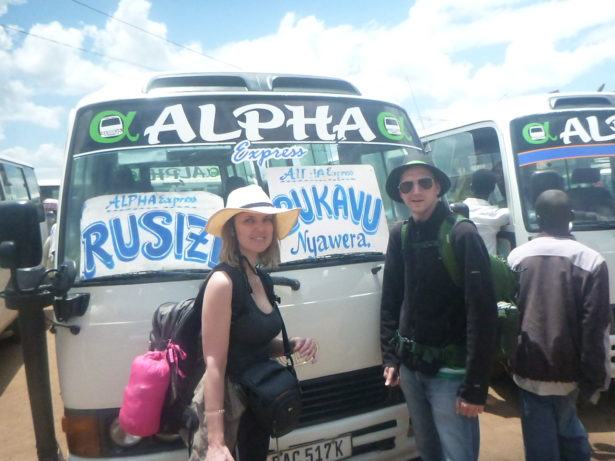
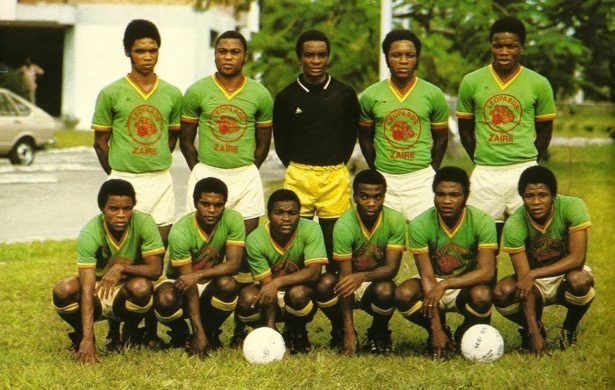
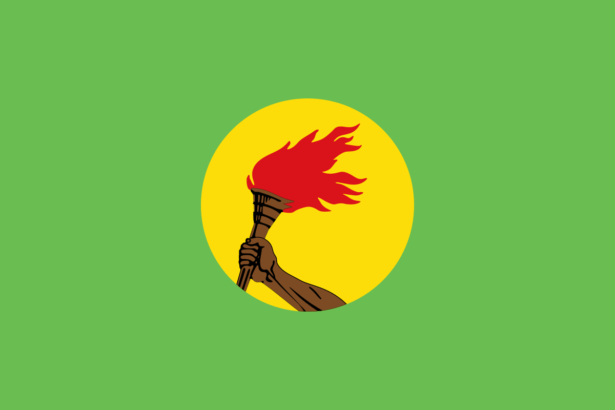
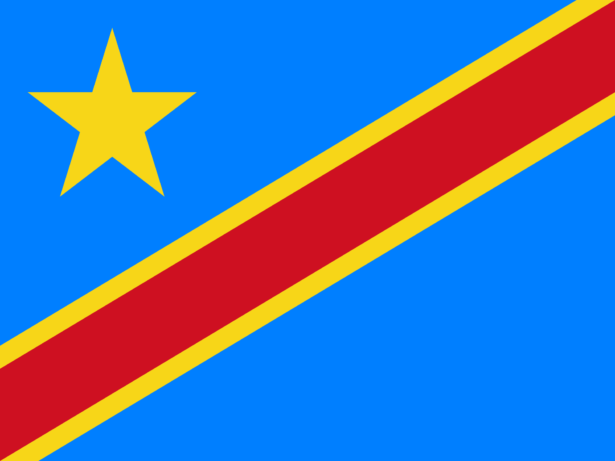
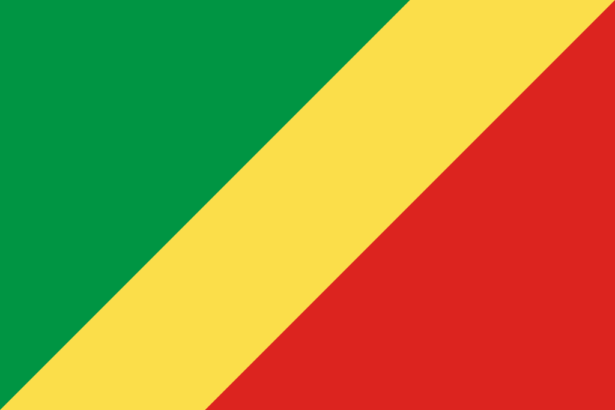
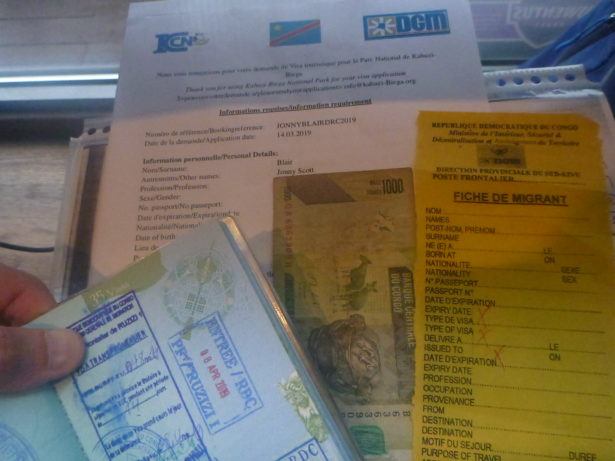
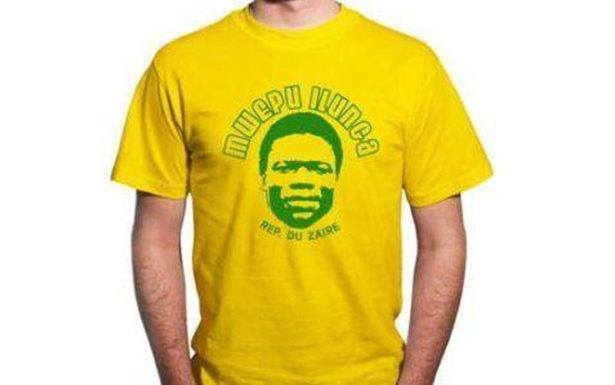
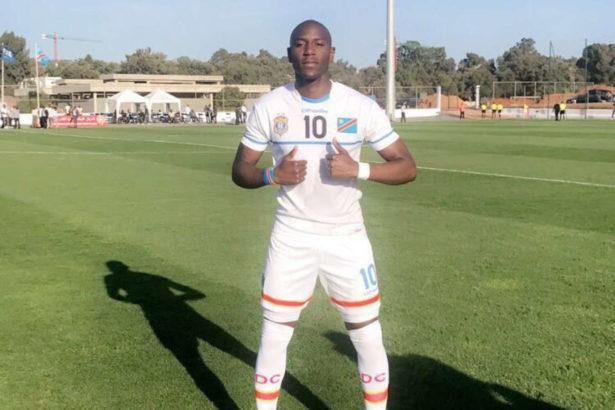

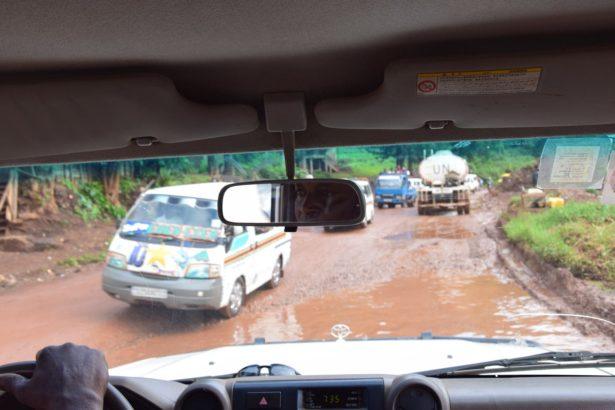
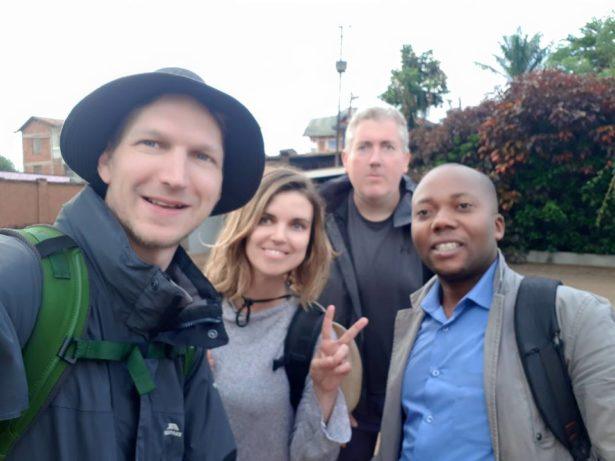
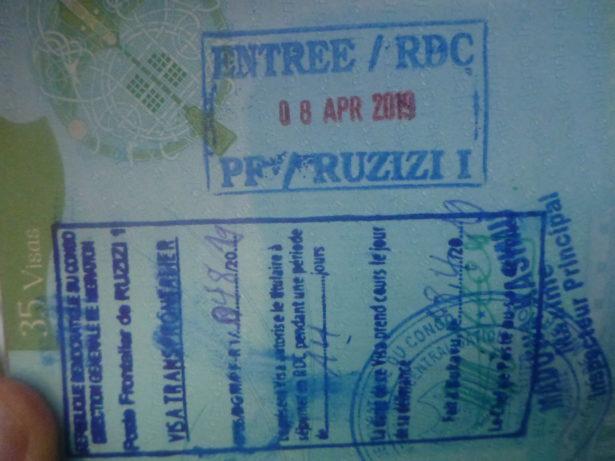
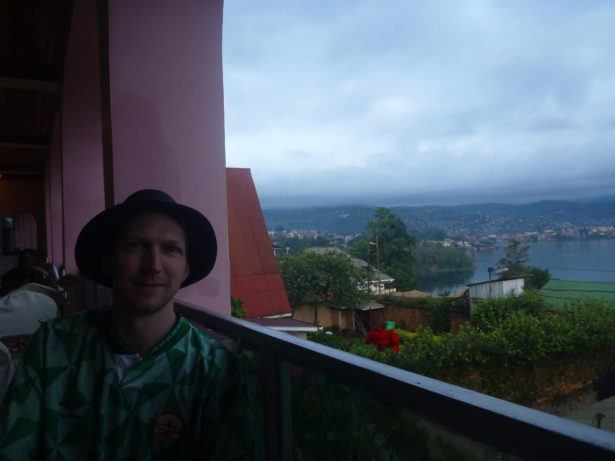
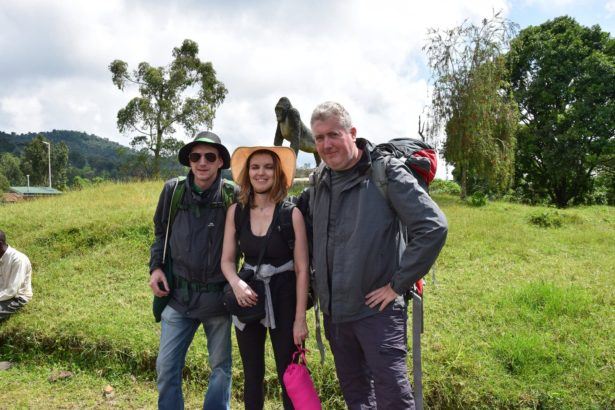

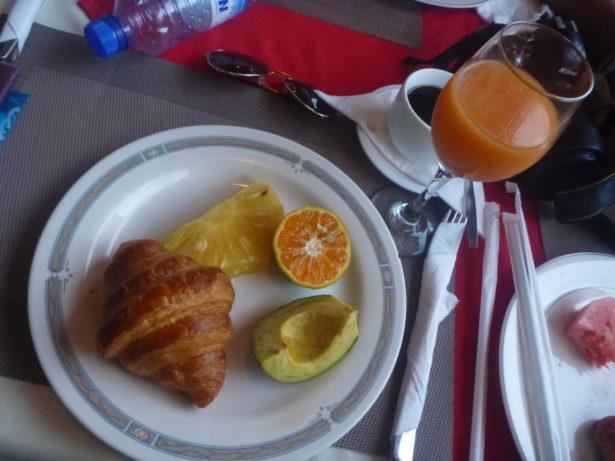
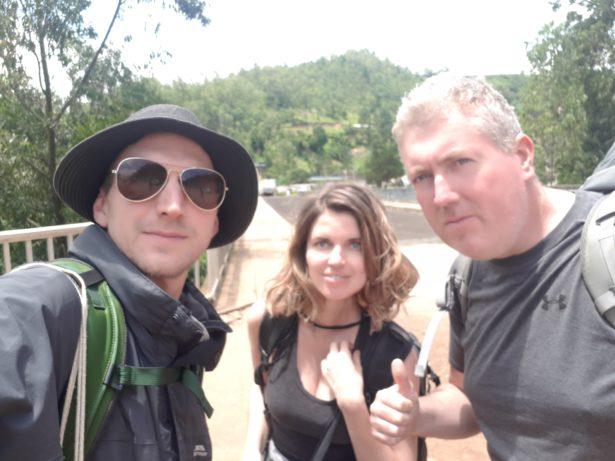
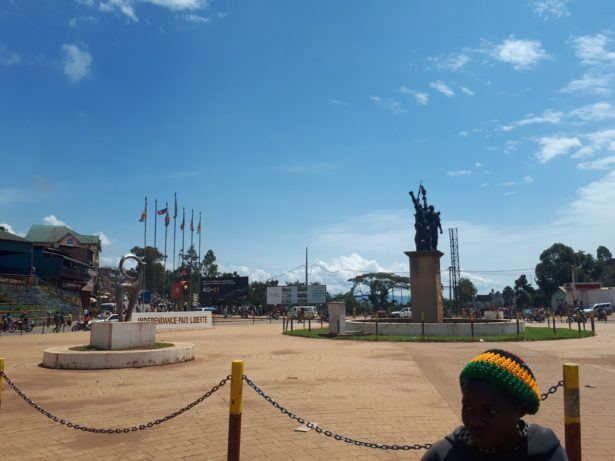

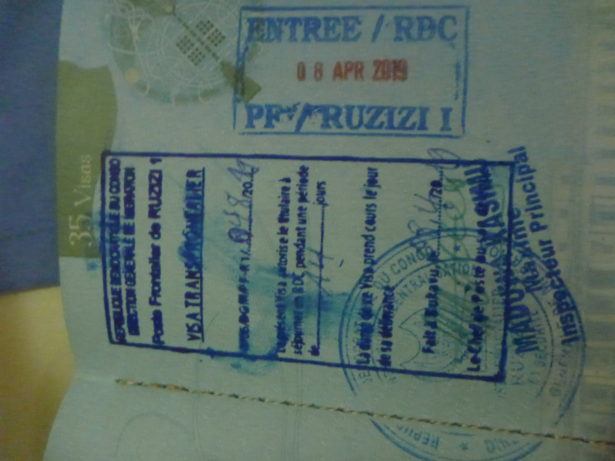
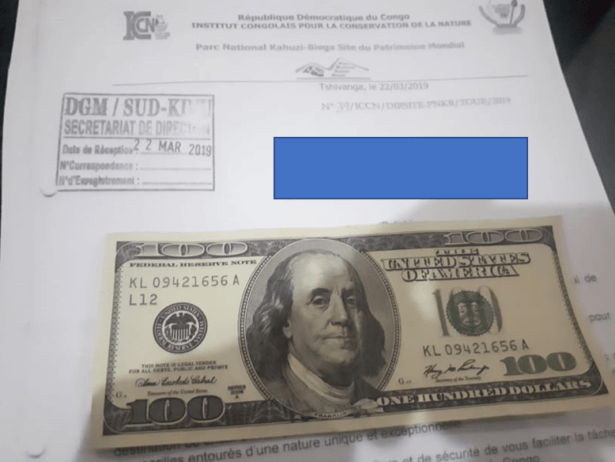
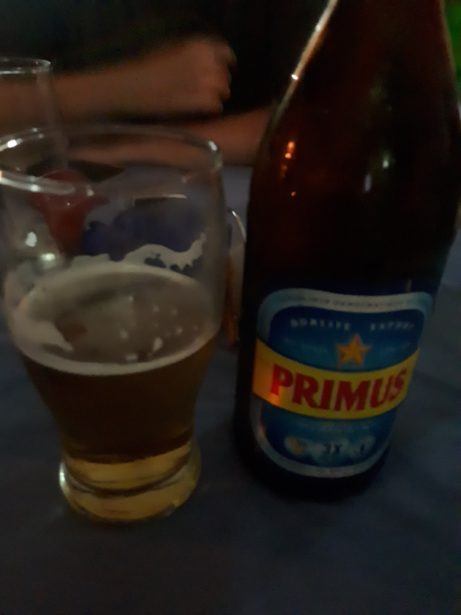
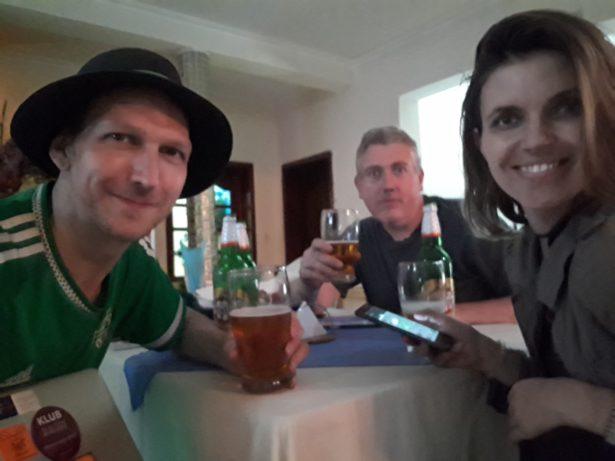
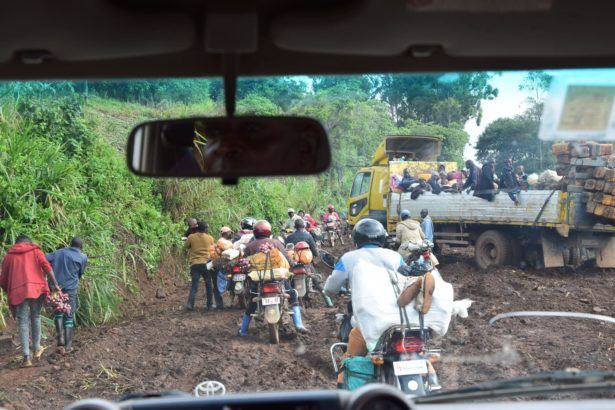
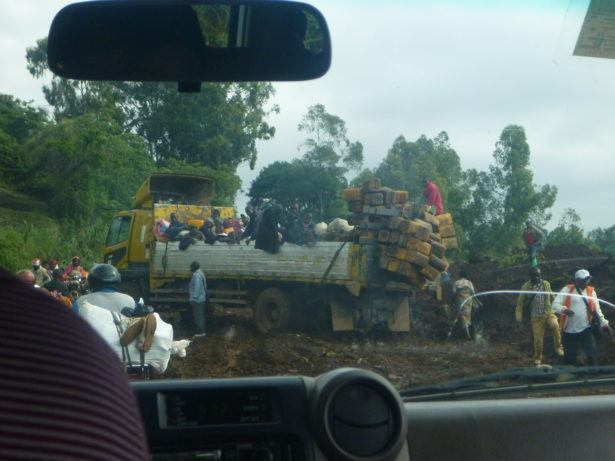
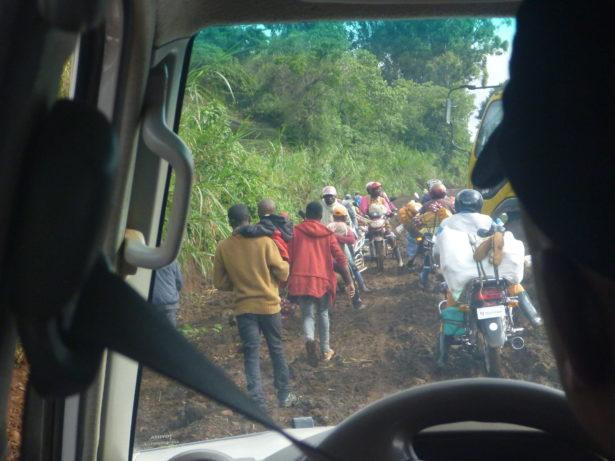
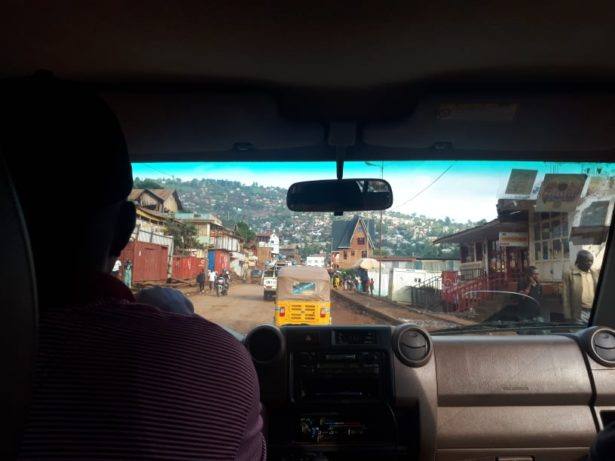
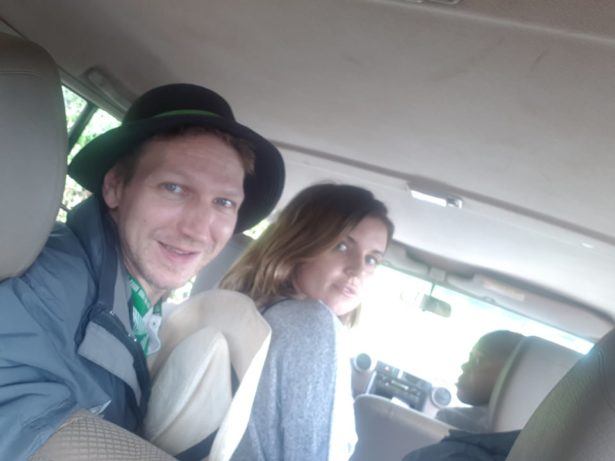
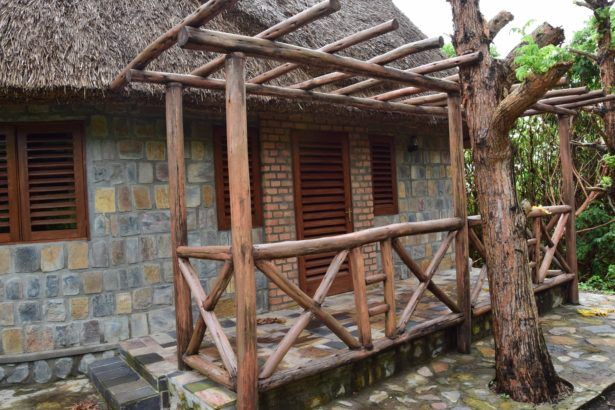
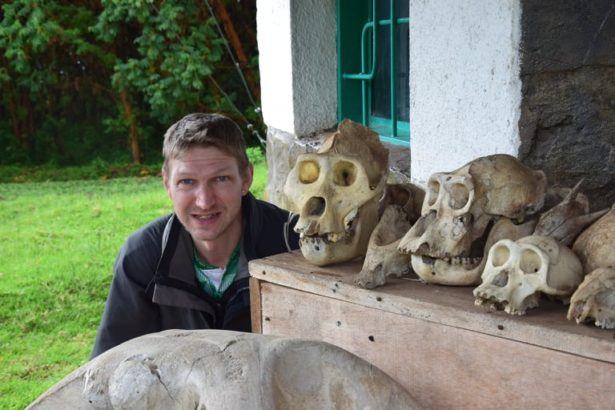
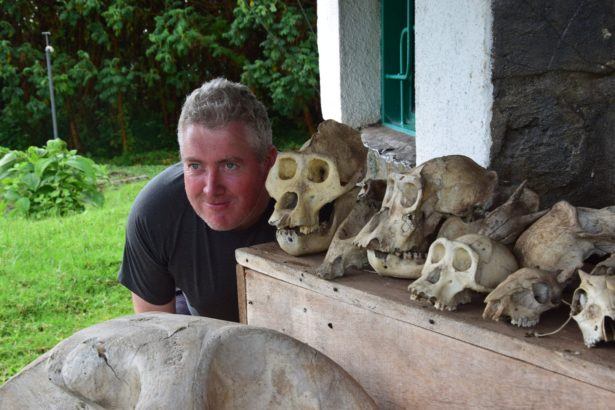
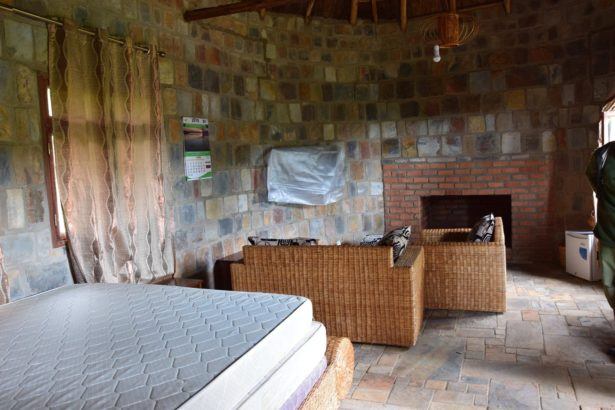
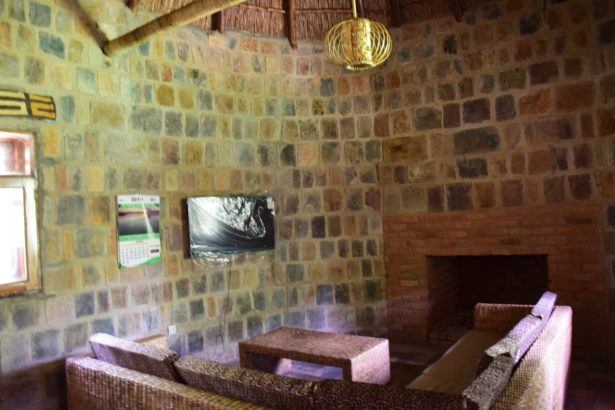

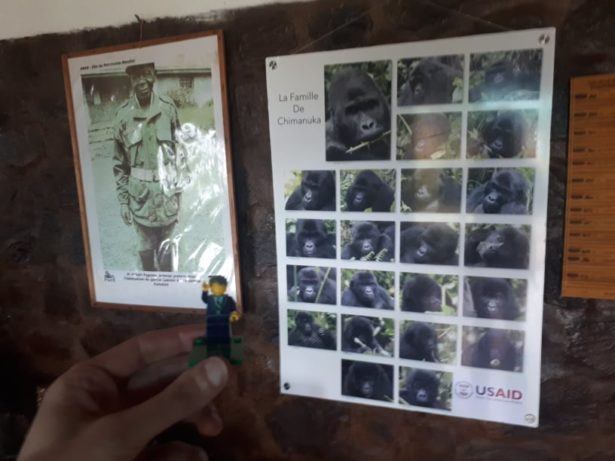
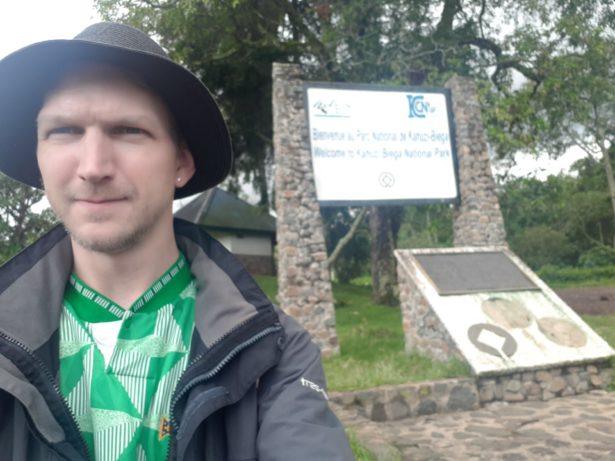
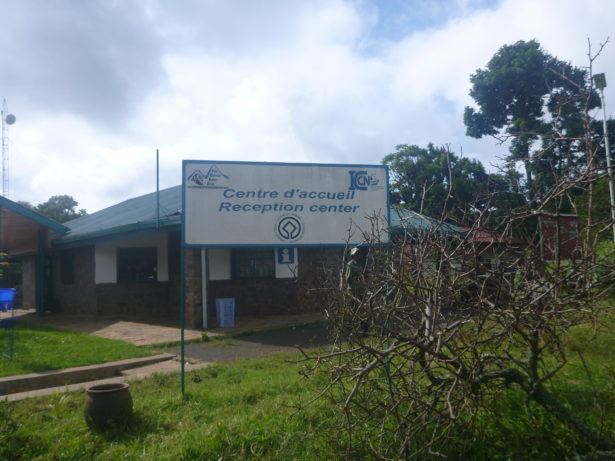

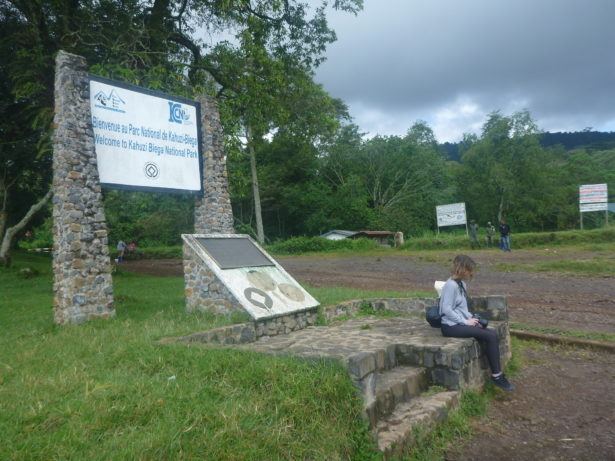
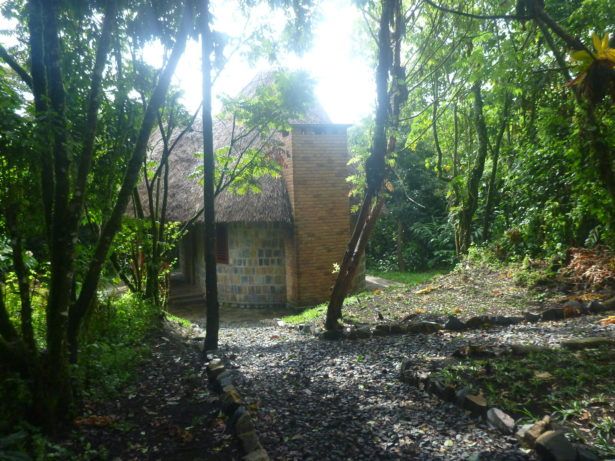
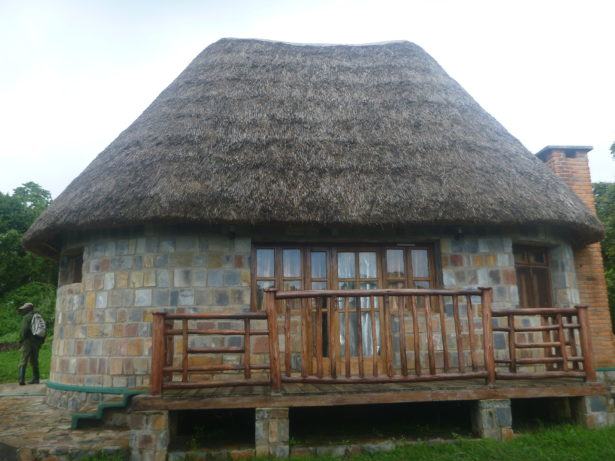
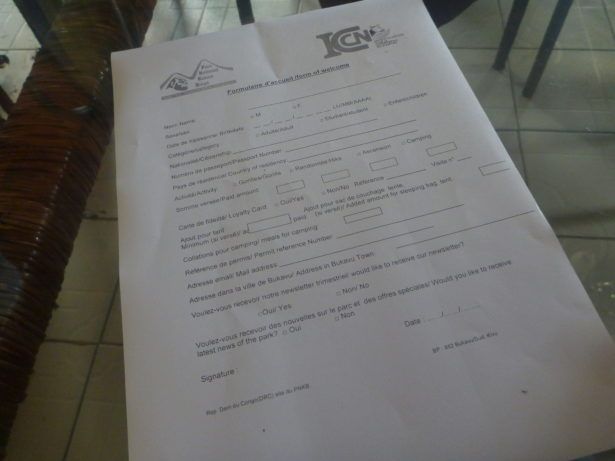
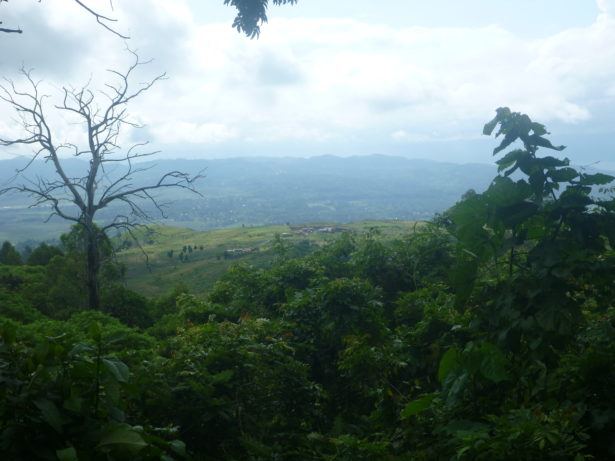
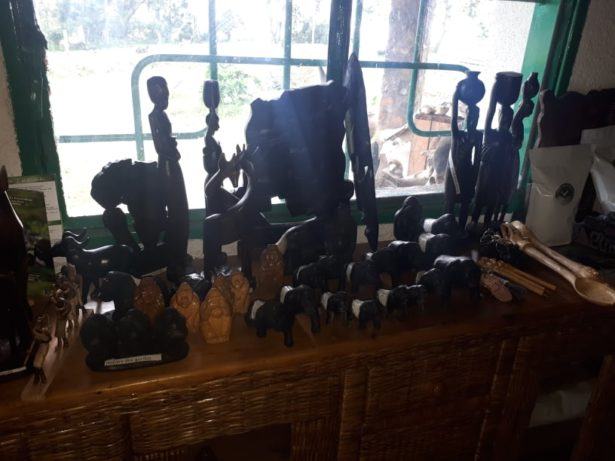
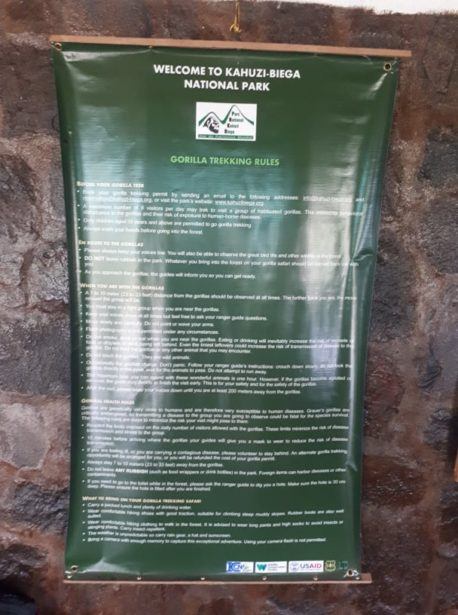
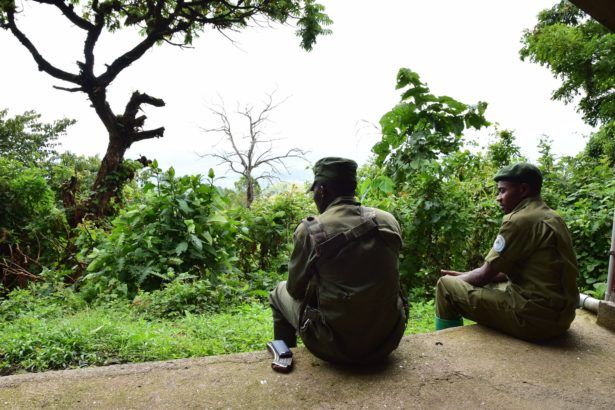
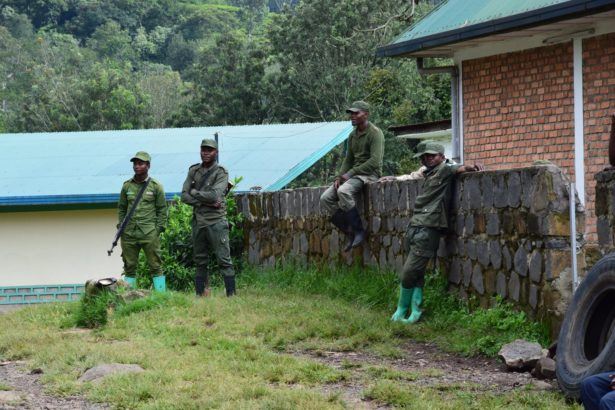
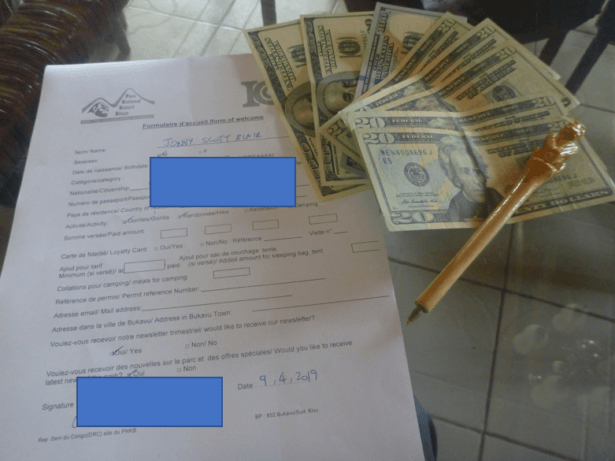
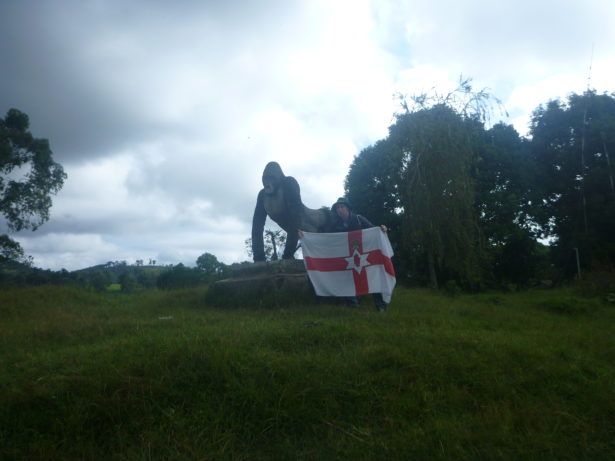
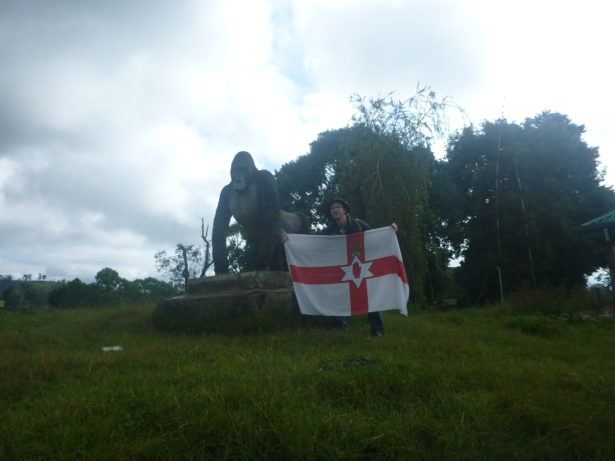
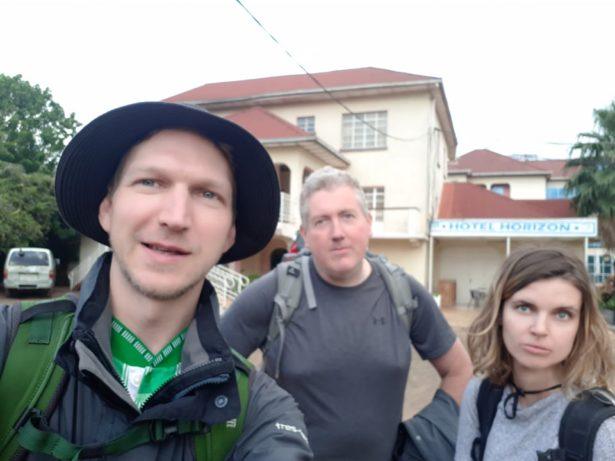
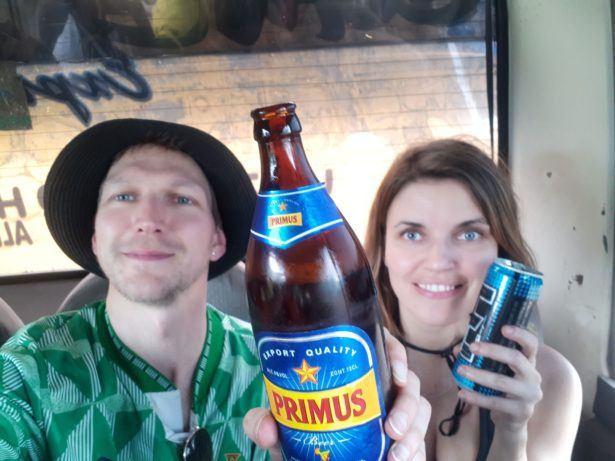
Wow, what a cluster f*ck! Sorry to hear your challenges at the park. Ric (moderately famous within a very, very small circle of travelers)
I have completed half of my post on DRC gorillas. will let you know when done.
Hi Ric, Thanks for your help in advance of the trip. At least we got into the DR Congo, but an extra $130 US for the visas in and out to change money, we had to decline! I look forward to hearing how the gorillas actually were! Safe travels. Jonny
A shame that you missed out on the gorillas. The DRC is notoriously picky about the quality of $ notes; I was forewarned of this by the national park authorities before my visit back in 2015. Someone should have told you this in advance of your trip.
The eastern lowland gorillas in Kahuzi Biega are actually slightly smaller than the mountain gorillas you see in the Virunga mountains of the DRC, Uganda and Rwanda, but Kahuzi Biega is the only place in the whole world where you can see them- there are none in captivity. The western lowland gorillas of Congo, Gabon, Cameroon and CAR are a separate and slightly smaller (sub)species.
It’s a shame you missed out on the opportunity and have decided not to return to DRC- the Virunga national park with the Nyiragongo volcano is simply the most exciting, interesting place I have ever visited. The park is not-for-profit and after overheads all money goes to conservation, so there are no winners here.
I’m panning on doing this trip as well but thanks for the heads up. As an American, all we can get nowadays are new bills so it’s never been a problem but I do remember traveling through Kenya, Tanzania and Uganda back in 2013 and 2014 and even then they only accepted new bills when paying for the visas and routinely turned away people with the old bills. Live and learn!
Hi Ben, thanks for the comment and apologies for the delayed response – I have been suffering with long term depression. Yes we didn’t get to see the gorillas but I am not upset at all by that – we had the money and they refused to accept it. That is their problem as the same money we were able to spend a few minutes later in Rwanda, and then again in Kenya and Burundi. If a tourist comes to my country, I try to help them. Sadly, those guys tried to make us look like USA criminals with fake money. None of us were from the USA and none of the money was fake. Safe travels. Jonny
Hi Jonny (same name as me!), thanks for the comment and spologies for the delay. I have been suffering from depression the last few years and not always replying straight away. Yes Africa is oddly strict with banknotes when many European countries still accept the old ones. However, I always try to carry only the newest notes as you say. Stay safe. Jonny